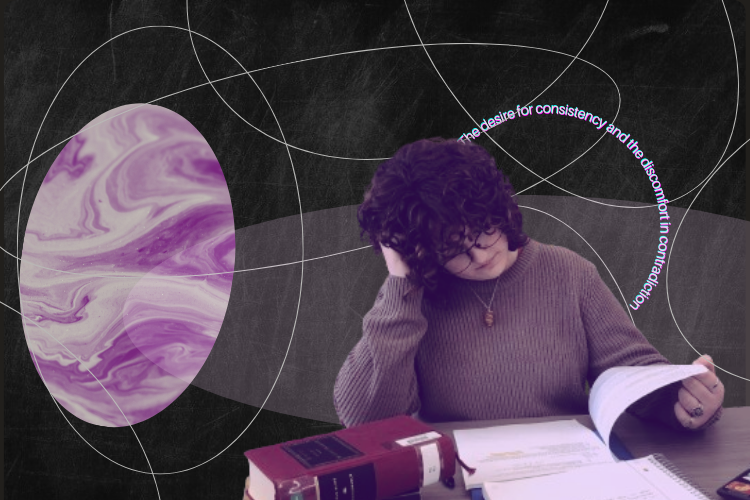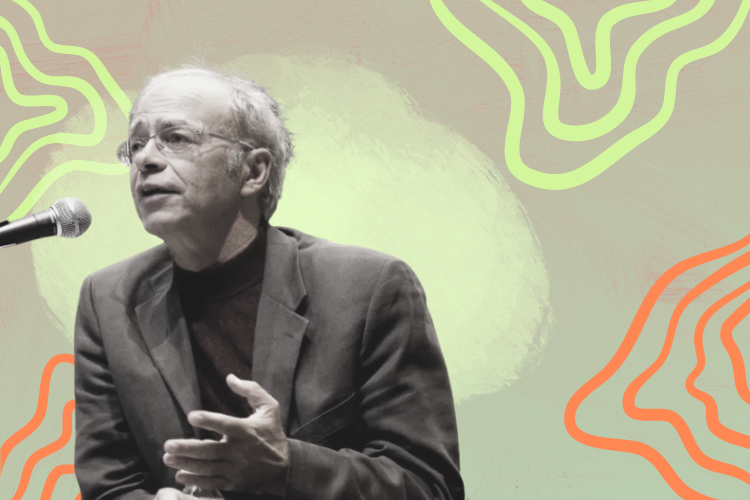“We can easily forgive a child who is afraid of the dark; the real tragedy of life is when men are afraid of the light.”
Plato
Triangles. Found in nature, Egypt, and Geometry class. Everyone understands what a triangle is. Three sides. 180 degrees. We know this as we were taught the simplistic and ideal form of what a triangle is. We are taught about what a perfect triangle is.
In the real world, no perfect triangle exists. In reality, we see imperfect representations of the ideal triangle. The triangle you sketched while reading this: one side ran off a micrometer longer than the others. The triangle printed on the Geometry test you took: a few decimals of a degree off from 180 degrees when added together. A perfect triangle, by definition, simply cannot exist.
This doesn’t simply apply to geometric shapes. People, animals, and everything under the sun is imperfect. This even applies to ideas such as justice, beauty, and love. You may see a movie star or that special someone as beautiful, yet they have imperfections to beauty in some way, shape, or form. They simply cannot be the true transcendent form of beauty. Even if that romantic movie seems to hold a flawless relationship, it will have flaws as it cannot simply be the perfect ideal of love. Plato thereby argues that our ideal forms of these things ultimately exist in a figurative World of Forms.
Plato’s famous allegory of the cave represents this perfectly. In his thought experiment, captives are tied to a cave and face the stone wall ahead of them. A fire is lit near the cave so that they may see the shadows of things passing by. As people, dogs, and bugs pass by, they see dimly lit shadows and associate them with the “real” objects. One captive miraculously escapes. When he walks outside, the sun is blinding at first, but he soon comes to realize that the objects he saw in the cave were a mere reflection of the real ones.
In this analogy, the world of forms is the blindingly bright real world, and the shadows would represent the real forms in our world which are both imperfect and a reflection of perfection. Plato argues that these forms cannot be created nor destroyed, existing in an independent world in which they are always present. Additionally, he believes that this reality is the highest form of knowledge and the ultimate reality. He argues that much like the captive who escaped the cave, it would be difficult to understand that what we currently see and know is a mere projection of an ideal form. He even see’s philosophers as the men who have escaped the cave.
Are Plato’s teachings still relevant today? They bring up a few implications in our daily lives. It implies that things such as morality and justice have a graspable definition and are objective. Therefore, it is our duty to search after these forms. Furthermore, it argues for the famous BEHS slogan : “Strive for perfection, achieve excellence.” It is crucially important for everyone to remember that nothing and no one is perfect, but instead are a mere projection of an idea. While getting that 100% is a good goal, understanding that a 98% is just as good of an achievement is important in life. Similarly, you can’t expect significant others, friends, and family to be perfect. The understanding that nothing can be a perfect transcendent form allows for happiness and satisfaction in our lives.





